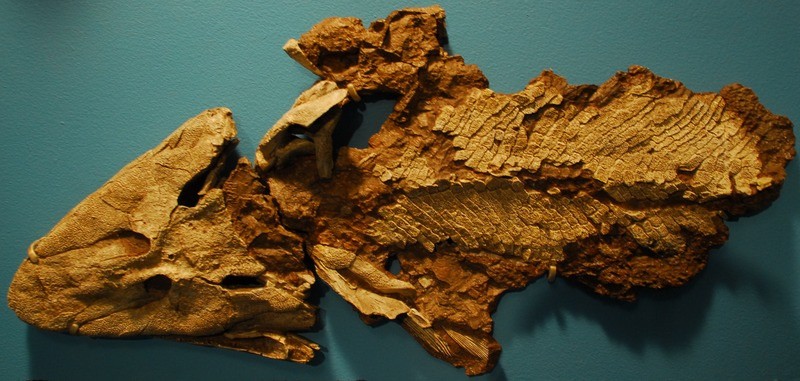Skull bones constrained the development of the first terrestrial creatures on Earth. According to recent studies, tetrapods' evolution was constrained for millions of years because their skulls contained fewer bones than extinct and current fish.

Intricate Skulls
Tetrapods have more intricate connections between their skull bones than fish, according to research on fossilized animal skulls during the transition from an aquatic to a terrestrial habitat. These alterations to skull structure didn't help to promote the diversification of terrestrial life; instead, they hindered the development of tetrapod skulls.

Tetrapods were the first terrestrial creatures with limbs and digits and diverged from fish around 400 million years ago. From amphibians to humans, they are the ancestors of all living things.
Better Understanding

To better understand how skulls altered as tetrapods developed, the study, released on September 9 in the journal Science Advances, measured the arrangement of skull bones in over 100 extant and extinct creatures. Researchers from the University of Bristol, Barcelona's Universitat Pompeu Fabra, and University College London conducted the study.
On average, tetrapod skulls have fewer skull bones than their fish forebears, but measuring the number of bones ignores some crucial information, according to lead scientist James Rawson of Bristol's School of Earth Sciences. In addition to the bone number, we documented the arrangement of the skull's bones, including which bones link to which. This method is known as network analysis.
Expert in this method and author Dr. Borja Esteve-Altava said: "Traditionally, anatomy research has been mostly descriptive or qualitative. Anatomical relationships between bones may be quantified using network analysis, a method frequently ignored in research on morphological evolution.
Although it may seem paradoxical initially, the researchers found that tetrapods' skulls were more intricately organized despite having fewer skull bones than fish.
The fact that there are fewer bones means that each one must link with more of its neighbors, creating a more intricate arrangement, Mr. Rawson continued. The skulls of the oldest tetrapods also grew more consolidated into a single unit, whereas their fish forebears had skulls consisting of numerous different pieces. The most complicated skulls of all the creatures we investigated were those of modern frogs and salamanders.
Important Discovery
The researchers also discovered that the emergence of tetrapods is associated with a decline in the variety of skull bone configurations by examining the variation of skull bone arrangements across time.
"We were startled to find that these alterations to the skull seemed to limit tetrapod development, rather than facilitating radiation to new habitats on land," said Professor Emily Rayfield, the study's principal author. We speculate that this may be caused by the emergence of a neck, extinction events, or a skull development bottleneck.
"We also observe a comparable loss in structural variety for the limb bones in early tetrapods, although the decline in the limbs occurs 10 million years earlier," Mr. Rawson said in his conclusion. We still have a lot to learn about this critical period in the evolution of tetrapods, including how various circumstances may have affected the development of their skulls and limbs.
Related Article: Myth Busted: Did the Human Brain Really Shrink While Evolving?
For more biological news, don't forget to follow Nature World News
© 2025 NatureWorldNews.com All rights reserved. Do not reproduce without permission.





